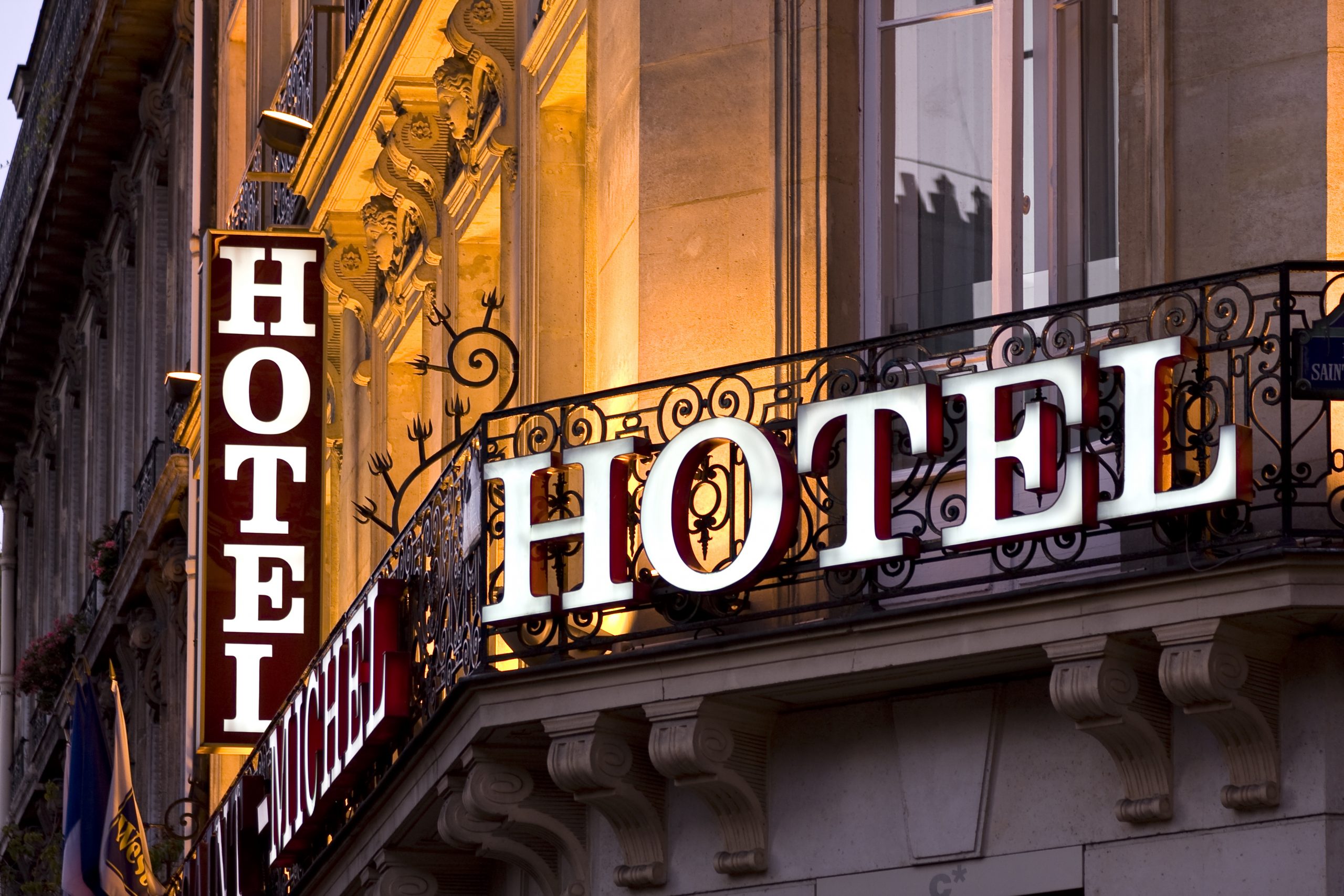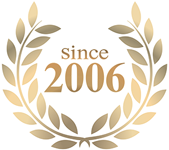August 21, 2020 | Posted by MICRO

Ensure the safety of your occupants and building water system and devices.
Summary of Changes
- Added guidance for mold awareness, monitoring, and remediation during and after prolonged building shutdowns
- Updated Legionella guidance for people with weakened immune systems and the use of respiratory protection when flushing water systems
- Updated title to reflect content
The temporary shutdown or reduced operation of a building and reductions in normal water use can create hazards for returning occupants. Two potential microbial hazards that should be considered prior to reopening after a period of building inactivity are mold and Legionella (the cause of Legionnaires’ disease). For mold, a “prolonged period” may be days, weeks, or months depending upon building-specific factors, season, and weather variables.1 For Legionella, a “prolonged period” may be weeks or months depending on plumbing-specific factors, disinfectant residuals, water heater temperature set points, water usage patterns, and preexisting Legionella colonization.2 Note that additional hazards, outside of those discussed in this document, may exist for returning occupants. These can include other microbial hazards, such as non-tuberculous mycobacteria, changes in water chemistry that lead to corrosion, leaching of metals (such as lead) into stagnant water, disinfection by-products, and sewer gases that enter buildings through dry sanitary sewer drain traps.
Mold
Mold will grow on building materials where there is moisture, produced from leaks or condensation from roofs, windows, or pipes, or from a flood. Mold can grow on a variety of surfaces, such as ceiling tiles, wallpaper, insulation, drywall, carpet, and fabric. People with asthma and other respiratory conditions and those with mold allergy or weakened immune systems should avoid buildings suspected or confirmed to have mold contamination. Ensure that your building does not have mold after a prolonged shutdown to maintain a safe working environment for returning occupants.5 steps to minimize mold risk during and after a prolonged shutdown
- Maintain indoor humidity as low as possible, not exceeding 50%, as measured with a humidity meter. Building managers may consider continuous monitoring of indoor humidity using a digital hygrometer, ideally more than once daily, to minimize the need to access the building.
- After a prolonged shutdown and before occupants return, buildings should be assessed for mold and excess moisture.
- Building inspections by trained industrial hygienists can recognize dampness or mold by sight or odor, without the need for sampling and laboratory analysis. NIOSH offers tools and instructions to assess dampness and mold in schools and general buildings. These tools can be used by building maintenance staff as well as industrial hygienists.
- If dampness or mold is detected, address the source of water entry first. Clean-up and remediation should then be conducted before the building is reoccupied. Plan the remediation before beginning work. Resources for remediation of buildings and homes with mold are provided by NIOSH, the New York City Department of Health and Mental Hygienepdf iconexternal icon, the Environmental Protection Agencyexternal icon (EPA), and CDC .
- After an assessment has confirmed that mold and moisture are not detected (Step 2a), OR after remediation has been completed (Step 2b), a building HVAC system that has not been active during a prolonged shutdown should be operated for at least 48 to 72 hours (known as a “flush out” period) before occupants return.
- During this period, open outdoor air dampers to the maximum setting that still allows desired indoor air temperatures.
- If an odor is detected that suggests mold growth (such as a musty smell) after the “flush out” period, look for mold that may not have been identified earlier. If mold is found, conduct remediation as described in Step 2b.
- Continue the “flush out” process until no odors are apparent.
- The condition of HVAC filters used during the “flush out” period should be carefully assessed prior to building occupancy and replaced with new or clean filters as necessary.
- After a building is reopened and occupied, routine (e.g., weekly) checks of the HVAC system are recommended to ensure operating efficiency.
- During HVAC checks, inspect and replace filters as indicated or needed.
- The frequency of HVAC system checks can be gradually reduced (e.g., monthly, quarterly), depending on the operational and maintenance specifications for the HVAC system.
- Maintain indoor temperature and relative humidity within ranges recommended in ASHRAE Standard 55-2017, Thermal Environmental Conditions for Human Occupancyexternal icon.
- If no routine HVAC operation and maintenance program is in place for the building, one should be developed and implemented. At a minimum, consider including the following:
- Inspection and maintenance of HVAC components
- Calibration of HVAC system controls
- HVAC testing and balancing
Content adapted from the National Institute for Occupational Safety and Health [NIOSH] Heating, Ventilation, and Air Conditioning [HVAC] Cleaning and Remediation guidance.
Additional information and CDC guidance on controlling dampness issues that result in indoor mold growth, as well as on renovation and remediation if indoor mold has become an issue is available from NIOSH.
Legionella and Legionnaires’ disease
Stagnant or standing water in a plumbing system can increase the risk for growth and spread of Legionella and other biofilm-associated bacteria. When water is stagnant, hot water temperatures can decrease to the Legionella growth range (77–108°F, 25–42°C). Stagnant water can also lead to low or undetectable levels of disinfectant, such as chlorine. Ensure that your water system is safe to use after a prolonged shutdown to minimize the risk of Legionnaires’ disease and other diseases associated with water.
People at increased risk of developing Legionnaires’ disease, such as those with weakened immune systems, should consult with a medical provider regarding participation in flushing, cooling tower cleaning, or other activities that may generate aerosols. Wearing a half-face air-purifying respirator equipped with an N95 filter, or an N95 filtering facepiece, may be appropriate in enclosed spaces where aerosol generation is likely. Respirators must be used in accordance with a comprehensive respiratory protection program, which includes fit testing, training, and medical clearance ahead of their use (see OSHA standard 29 CFR 1910.134external icon and OSHA Legionellosis websiteexternal icon). For more information about N95 respirators, visit the NIOSH National Personal Protective Technology Laboratory (NPPTL) website.
8 steps to minimize Legionella risk before your business or building reopens
- Develop a comprehensive water management program (WMP) for your water system and all devices that use water. Guidance to help with this process is available from CDC and others.
- Water Management Program Toolkit:
This toolkit is designed to help people understand which buildings and devices need a Legionella water management program to reduce the risk of Legionnaires’ disease, what makes a good program, and how to develop it.
https://www.cdc.gov/legionella/wmp/toolkit/index.html
- Preventing Legionnaires’ Disease: A Training on Legionella Water Management Programs (PreventLD Training):
Take this training from CDC and partners on creating a water management program to reduce risk of Legionnaires’ disease. PreventLD Training aligns with industry standards on managing risk of Legionella bacteria.
https://www.cdc.gov/nceh/ehs/elearn/prevent-LD-training.html
- Hotel Guidance:
Considerations for Hotel Owners and Managers: How to Prevent Legionnaires’ Disease
https://www.cdc.gov/legionella/wmp/hotel-owners-managers.html
- Operating Public Hot Tubs/Spas for pool staff and owners:
https://www.cdc.gov/healthywater/swimming/aquatics-professionals/operating-public-hot-tubs.html
- Reduce Risk from Water: Plumbing to Patients:
Water management programs in healthcare facilities are an important way to help protect vulnerable patient populations as well as staff and visitors.
https://www.cdc.gov/hai/prevent/environment/water.html
- Preventing Occupational Exposure to Legionella:
https://www.cdc.gov/niosh/docs/wp-solutions/2019-131/default.html
- Ensure your water heater is properly maintained and the temperature is correctly set.
- Determine if your manufacturer recommends draining the water heater after a prolonged period of disuse. Ensure that all maintenance activities are carried out according to the manufacturer’s instructions or by professionals.
- Make sure that your water heater is set to at least 140°F.
- Higher temperatures can further reduce the risk of Legionella growth, but ensure that you take measures to prevent scalding.
- Flush your water system
- Flush hot and cold water through all points of use (e.g., showers, sink faucets)
- Flushing may need to occur in segments (e.g., floors, individual rooms) due to facility size and water pressure. The purpose of building flushing is to replace all water inside building piping with fresh water.
- Flush until the hot water reaches its maximum temperature. Where possible, hot water at the tap should reach at or above 120°F. Anti-scalding controls and devices may limit the maximum temperature at the point of use.
- Care should be taken to minimize splashing and aerosol generation during flushing.
- Other water-using devices, such as ice machines, may require additional cleaning steps in addition to flushing, such as discarding old ice. Follow water-using device manufacturers’ instructions.
- Clean all decorative water features, such as fountains
- Be sure to follow any recommended manufacturer guidelines for cleaning.
- Ensure that decorative water features are free of visible slime or biofilm.
- After the water feature has been re-filled, measure disinfectant levels to ensure that the water is safe for use.
- Ensure hot tubs/spas are safe for use
- Check for existing guidelines from your local or state regulatory agency before use
- Ensure that hot tubs/spas are free of visible slime or biofilm before filling with water
- Perform a hot tub/spa disinfection procedure before use
- CDC Hot Tub Disinfection Guidance (follow Steps 4–9 and 12–13). https://www.cdc.gov/legionella/downloads/hot-tub-disinfection.pdfpdf icon
- Facilities may decide to test the hot tub/spa for Legionella before returning to service if previous device maintenance logs, bacterial testing results, or associated cases of Legionnaires’ disease indicate an elevated level of risk to occupants. All Legionella testing decisions should be made in consultation with facility water management program staff along with relevant public health authorities.
- Ensure cooling towers are clean and well-maintained
- Ensure that cooling towers are maintained (including start-up and shut-down procedures) per manufacturer’s guidelines and industry best practices.
- Guidance on start-up and shut-down procedures from the Cooling Technology Institute (CT 159): https://cti.org/pub/cticode.phpexternal icon
- Ensure that the tower and basin are free of visible slime, debris, and biofilm before use.
- If the tower appears well-maintained, perform an online disinfection procedure.
- Ensure safety equipment including fire sprinkler systems, eye wash stations, and safety showers are clean and well-maintained
- Regularly flush, clean, and disinfect these systems according to manufacturers’ specifications.
- Maintain your water system
- Consider contacting your local water utility to learn about any recent disruptions in the water supply. This could include working with the local water utility to ensure that standard checkpoints near the building or at the meter to the building have recently been checked or request that disinfectant residual entering the building meets expected standards.
- After your water system has returned to normal, ensure that the risk of Legionella growth is minimized by regularly checking water quality parameters such as temperature, pH, and disinfectant levels.
- Follow your water management program, document activities, and promptly intervene when unplanned program deviations arise.
1 For example, a building that is damp and has poor ventilation in a humid region might develop mold growth in a few days that will proliferate unless these conditions change. In contrast, a building that is dry and well-ventilated in a arid climate might not develop significant mold growth for weeks, months, or at all.
2 For example, a building potable water system with extensive dead-legs, low disinfectant residuals, tepid hot water temperatures, minimal water flow, and an established Legionella biofilm might promote substantial Legionella growth and dissemination in weeks or months. In contrast, a building with an efficiently designed potable water system that maintains high disinfectant residuals, elevated hot water temperatures, regular water flow, and has no preexisting Legionella population may not support Legionella colonization at all.


